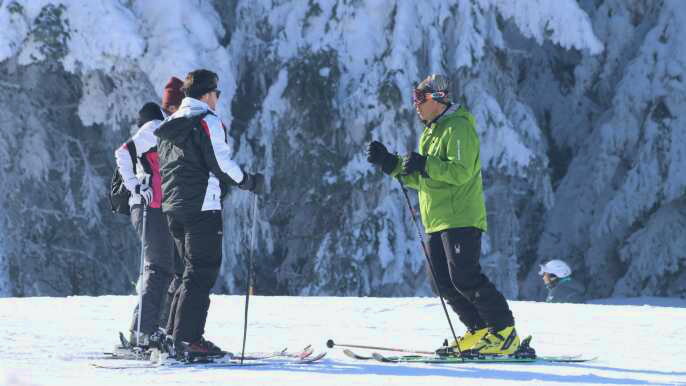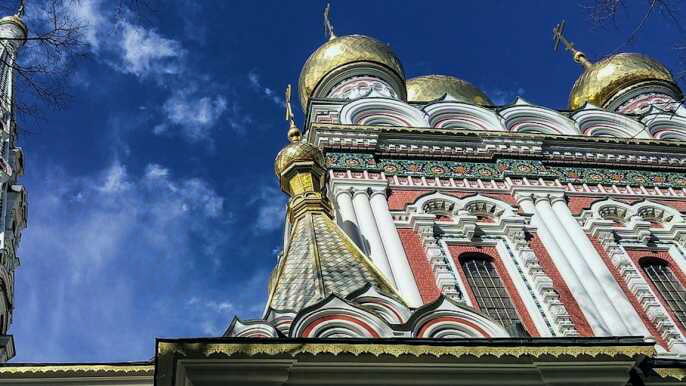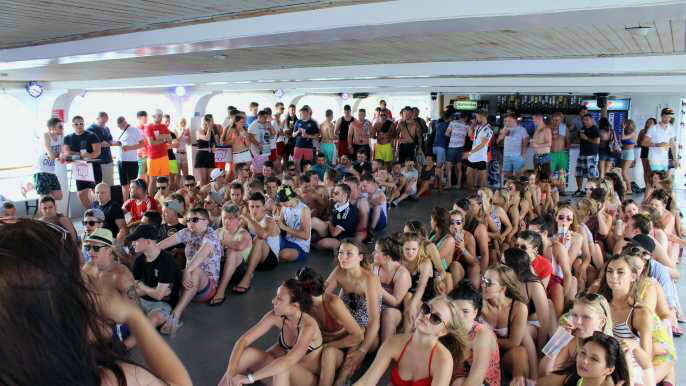Bulgaria's capital city of Sofia has so much to offer. From ancient Roman ruins to overbearing Soviet architecture, each historic attraction will give you an insight into the history of this city.
Begin your sightseeing with a visit to Serdika Metro Station, which is full of ancient ruins. It's also where you'll find the rotunda church of St. George, which is the oldest building in Sofia.
1. The National Palace of Culture
The National Palace of Culture (NDK) in downtown Sofia is one of the city's most iconic landmarks. Originally built during Communist times, it's the largest multifunctional complex in Southeastern Europe.
NDK houses a large concert hall that dates back to 1981, as well as conference halls, gallery space and theaters. It's also home to dozens of monumental sculptures and paintings.
It's a popular venue for concerts, festivals and a huge New Year's Eve celebration. And you can check out its history on a guided tour of the building.
The National Palace of Culture was designed by Bulgarian architect Alexander Barov in 1981. It's a spectacular example of the ambition and scope of Communist-era architecture.

2. The Red Flat
Step back in time to Communist Bulgaria of the 1980s with The Red Flat. It’s a museum in an apartment where you can listen to 46 stories about ordinary Bulgarian life during the Cold War.
Using an audio headset, you’re taken through the apartment and told the story of the Petrovi family, mother Elena, father Plamen and son Boyan. It’s a fascinating insight into the lives of the average Bulgarian family during communism, and it’s a great way to learn about the country.
The apartment has been furnished to resemble a typical Soviet-era home, with furniture, radios and appliances. Visitors are encouraged to explore objects and interact with the items inside, opening cupboards and changing records.
3. The National Museum of History
The National Museum of History in Sofia is one of the largest history museums on the Balkans. It contains a collection of materials dating from prehistoric ages to the present day.
The main exhibition is presented in five halls: Prehistory, Ancient Thrace and the Middle Ages - First (7th-11th century) and Second Bulgarian Empire (12th-14th century), the Bulgarian lands in the 15th-19thcentury and the Third Bulgarian Kingdom (1878 to the present). It also preserves worldwide famous Panagursko, Rogozensko and Letnishko treasures along with many burial gifts discovered during mound explorations across Bulgaria.
A large part of the collection contains items from the Medieval Bulgarian lands, including jewelry, coins, decorative pottery, icons and reliquaries. A separate hall showcases the period of Ottoman rule (1396 - 1878). The struggle for church and national independence, the revolutionary organization's activity, the outbreak of the April Uprising in 1876 and the liberation of Bulgaria from the Ottoman Dominion are also highlighted.
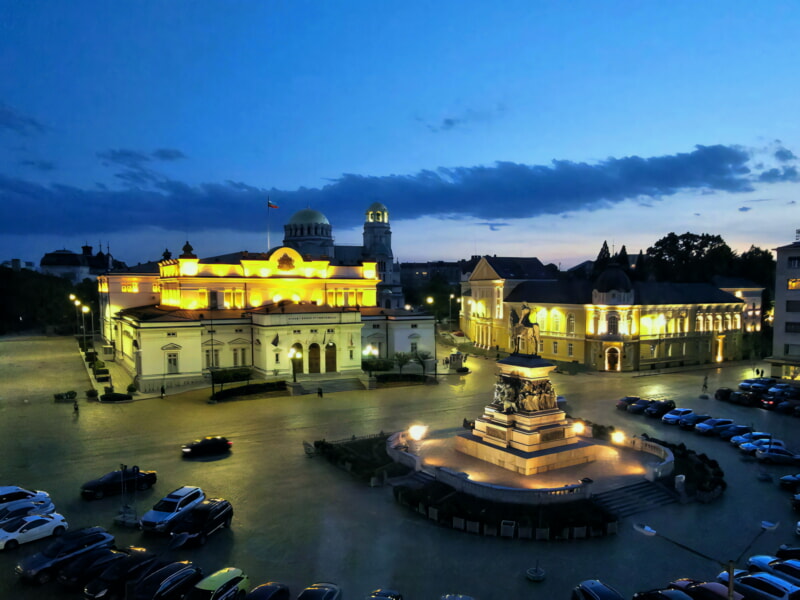
4. The National Art Gallery
Located on Battenberg Square in the capital, the National Art Gallery is the country's most important art museum. Housed in the former royal palace of Bulgaria, it contains over 50,000 pieces of Bulgarian art.
The collection includes works by renowned Bulgarian artists, such as Dechko Uzunov and Nikola Raynov. It also features paintings and sculptures by great European masters such as Zlatyu Boyadzhiev or Sirak Skitnik.
This museum also houses a wealth of old treasures from antiquity and medieval objects. It's a must-visit for history buffs, and you can learn about the rise of the Thracian and Odrysian kingdoms as well as Greek and Roman sculptures.
5. The National Opera and Ballet
The National Opera and Ballet is one of the most popular attractions in Bulgaria. It has a rich history and hosts world-class opera performances.
The first Bulgarian professional opera theater was founded in 1890. It started with the formation of the Capital Opera and Drama Company, which was soon split into two separate troupes - Salza i Smyah (Tears and Laughter) and Stolichna Operna Trupa.
The main focus of the opera house was on a wide repertory of European classics, Russian operas and works by Bulgarian composers. The repertoire was enriched with numerous new productions.

